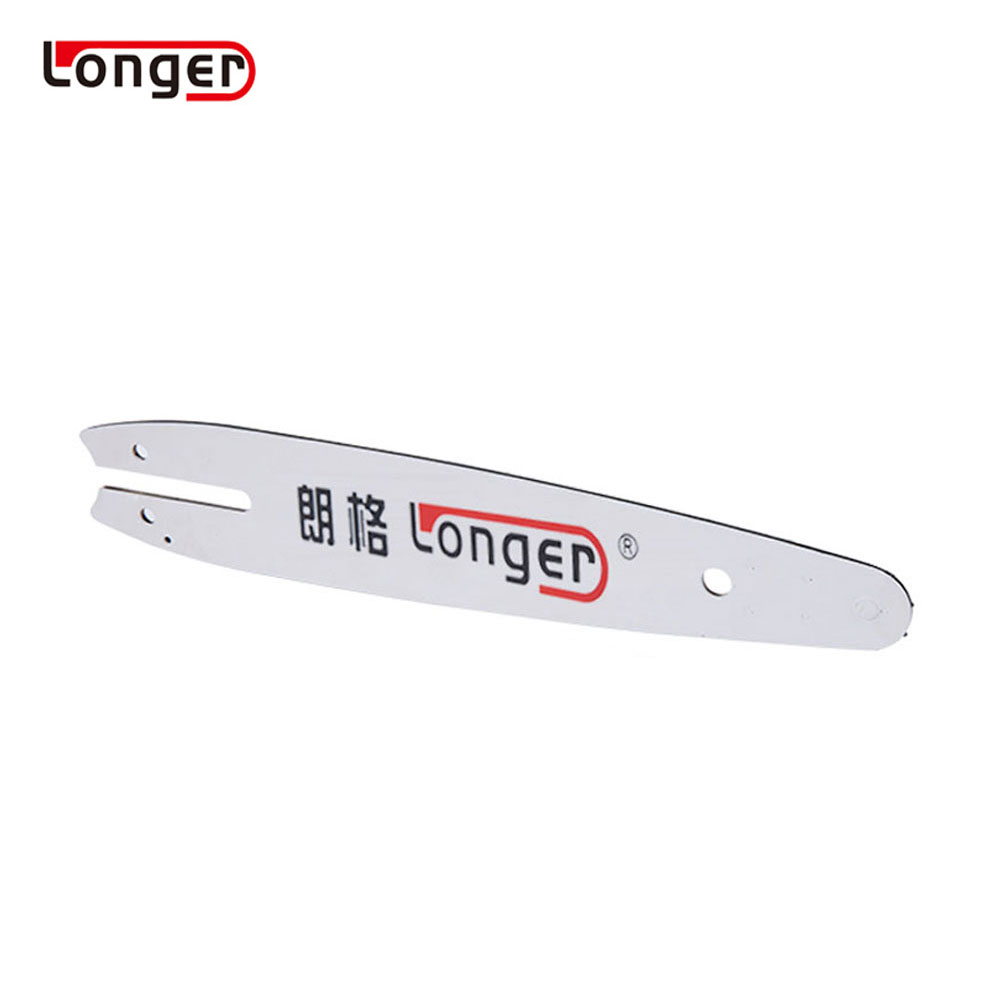Chainsaws are high-risk tools that require a lot of care and attention to operate properly. Choosing the wrong type or size of chain can lead to disastrous results.
Understanding how to choose the right chain for your needs can help you avoid potential problems and get the most out of your saw. The basics to consider include:
Pitch
Pitch is the distance between the chain's drive links and determines how quickly a chain can cut. It also affects the chain's power and durability.
If your chain came with your saw at the factory, it will have information about its pitch and gauge printed on the bar. If you are replacing a chain, simply count the number of drive links on the old chain to identify its characteristics.
There are also several different types of chains available, including semi skip and full skip chains. These are designed to reduce kickback, which occurs when the chain hits an obstruction and ricochets back toward you. A standard chain has no extra teeth to help prevent this, but safety chains do have raised 'fin'-like links that attempt to bounce off objects rather than ricochet them back. Regardless of what type of chain you choose, it is important to check your oil regularly and make sure the oil-gasoline ratio is correct as per the manufacturer's instructions.
Gauge
The gauge of a chain is the thickness of its drive links where they fit into the guide bar grooves. This measurement is critical to the chain’s performance and durability. A chain with a thicker gauge will be heavier than a thin one and may require more power to cut. It is important that the chain gauge and bar gauge match each other.
The chain's gauge is usually displayed on the saw or listed in its handbook. It can also be found on the guide bar towards the user end. The chain’s pitch and gauge can also be measured by a pair of accurate calipers or a ruler.
Using the right chain length will affect your cutting speed and minimize kickback risk. Choosing the right cutter type will also improve your chain’s durability and prolong its lifespan.
Length
Cutting hardwoods (such as oak, hickory and cherry) puts much more stress on the chainsaw than soft woods. It requires the chain to work harder, which makes it wear out faster and require more frequent sharpening.
The length of a chainsaw chain affects its performance and durability. It also impacts how well it holds up under different conditions. For example, short chains are less likely to vibrate when cutting because they have fewer drive links.
The length of a chainsaw chain is determined by the chain's pitch and gauge measurements. The chain's pitch measures the distance between three consecutive rivets on the chain and determines how close together the drive link are. The gauge, on the other hand, refers to the width of the chain's drive link and is easy to measure with a caliper or chainsaw gauge. The gauge measurement determines how snugly the chain fits into your guide bar. It can be found on the chain itself or in your saw's user manual.
Dullness
The chainsaw chain's performance and durability are affected by its sharpness. A dull chain can make it difficult to cut through wood and may wear out the teeth, rivets, and bar quickly. A sharp chain can cut more easily and with less pressure, resulting in a smoother, faster, cleaner cut. The type of wood can also affect the chain's sharpness. For example, hardwoods such as maple or hickory can be tougher for the chain to cut than softwoods such as pine or cedar.
Dirt and other debris can also dull the chain, especially when cutting dirty trees or wood. It's recommended to always try to cut clean wood whenever possible.
Other factors can affect the chain's sharpness as well, such as using the incorrect file size or filing technique. It's important to follow the chainsaw's user guide when sharpening the chain. Keeping the chain sharp can help it last longer and save you money in the long run.










